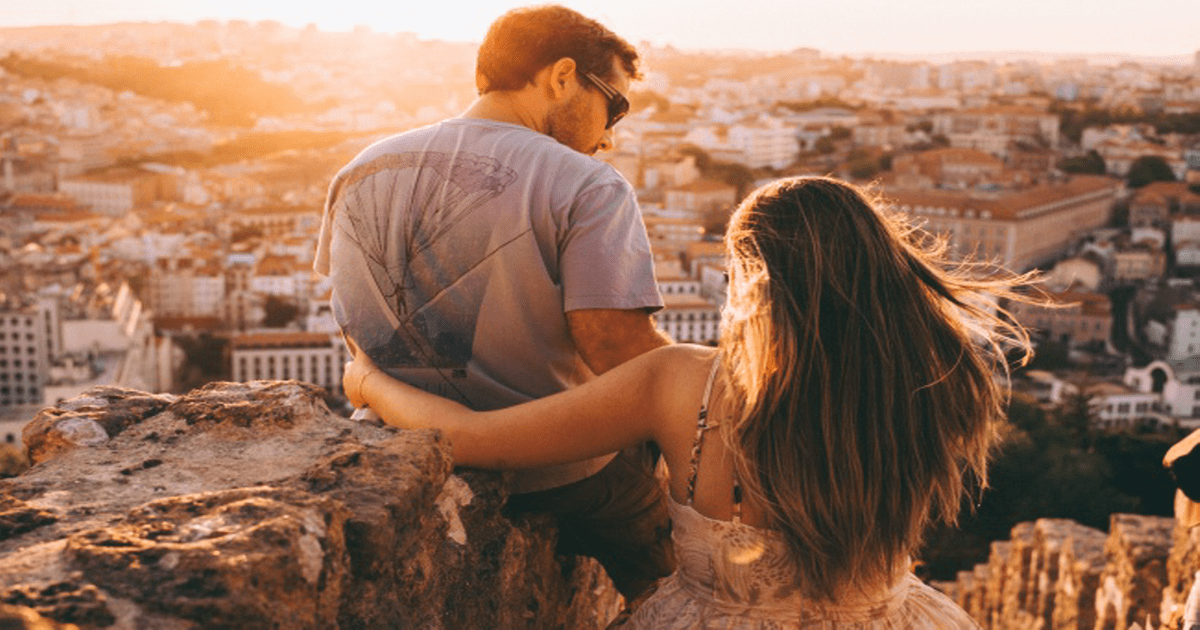Let’s talk about dream catchers. You may have heard of them, but do you actually know their roots? Dreamcatcher history is much more than just a trend—it’s sacred and spiritual tools with a rich heritage that has spanned many generations. Before you buy one of these beautiful handmade pieces in your bedroom, you should learn first about the true meaning of dreamcatchers.
Dreamcatcher’s Origin
Dreamcatchers are said to have originated with the Ojibwe tribe also known as Chippewa. The Anishinaabe people are indigenous to what is now known as Canada and the Midwest United States. The Ojibwe people were known for many inventions, some of these are hammocks and the very first dreamcatcher. The small handmade creation served as a protective charm when they are sleeping. The legend had it that bad dreams and energies would be caught in the talisman before they could reach a sleeping child‘s mind.
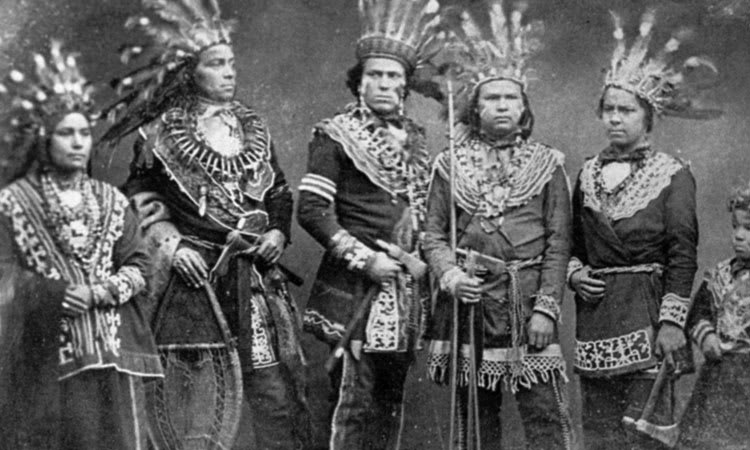
The Ojibwe also believe that after death, an individual’s spirit spends four days walking towards a final resting place. Dan Jones, the Ojibwe language instructor at Fond du Lac Tribal and Community College, said, “He doesn’t know it, but if he gets lonely, he may take someone with him.”
To keep their children safe from the evil spirits that roam at night, Ojibwe would smudge them with charcoal before bedtime. They believed it would protect them from those wandering otherworldly beings. “When the spirit sees the charcoal, [the face] is blurred, and he can’t see who it is,” Jones explained.
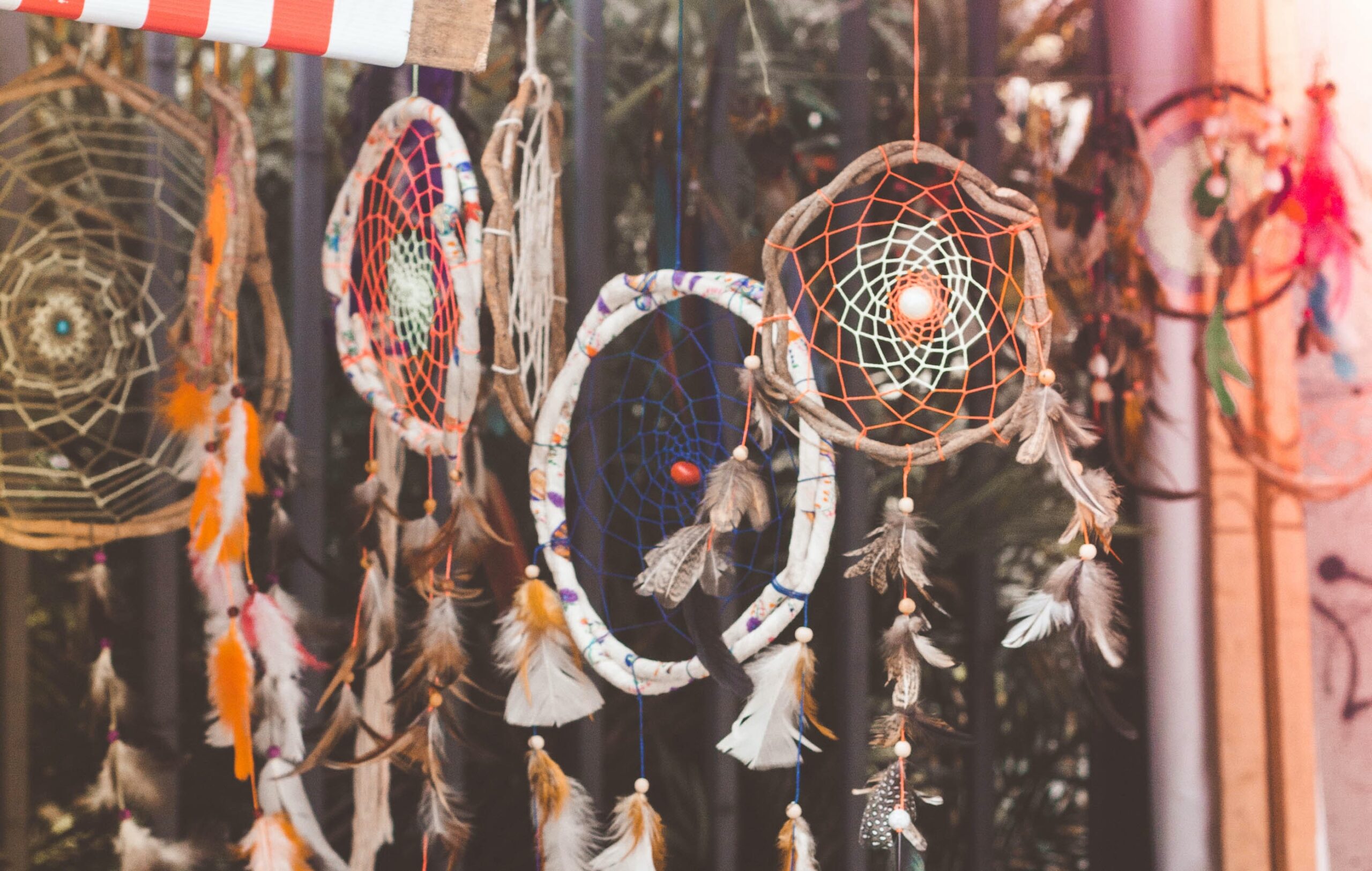
Dreamcatchers were meant to resemble spiderwebs, according to Frances Densmore, an ethnographer and the author of the 1929 book Chippewa Customs. The dreamcatcher represented not only a barrier to bad dreams but also an entry point for pleasant thoughts and images through a small hole in the center of each dreamcatcher.
As more and more people are marrying outside of the Ojibwe tribe, the Lakotas also adopted the tradition of dreamcatchers. The Aktá Lakota Museum documents that Iktomi, a wise trickster who often appears in the form of a spider is said to have appeared before a spiritual leader with an important vision. In this dream-like state, he spun his web using willow wood and other materials such as horsehair or feathers.
Nowadays, dreamcatchers are made by many different tribes, including the Cherokee and Navajo. Native American people have a wide variety of traditions that are unique to their culture, but many now view this feather ritual as one shared among all Indigenous communities.
What Dreamcatchers Are Made Of
Densmore says that the first dreamcatchers were meant to be hung on a hoop of cradleboards. Three-and-a-half-inch willow hoops framed in circles or teardrops, with a rounded frame meant to represent the circle of life. The inner web was made of nettle stalk cord, and its fibers were dyed with bloodroot or wild plum.
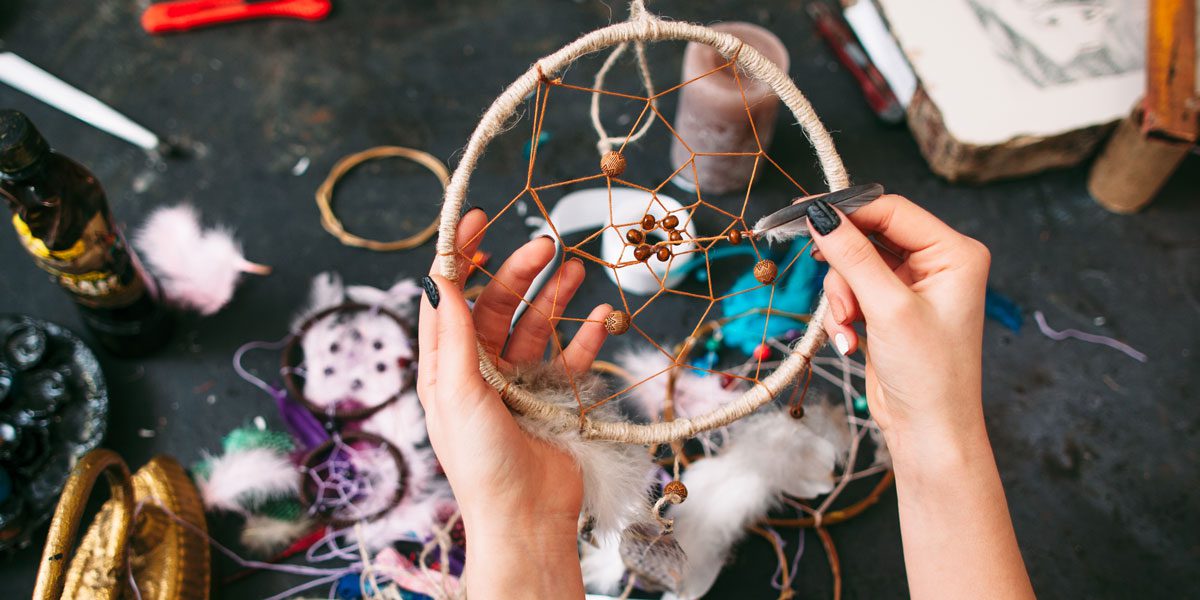
The design of this product is similar to a spiderweb that traps bad dreams and negative energy before it can reach the sleeping child. The feathers were more than just a decoration—they served as the stairway to good dreams.
Ways To Avoid Cultural Appropriation Of Dreamcatchers
I know you’re still interested in purchasing a dreamcatcher, but before making your purchase be sure to do research. If you want to buy Native American art, the best way is by finding a company or artisan who is themselves of Native descent. There’s an extensive list on their website with links where one can find genuine handcrafted items.
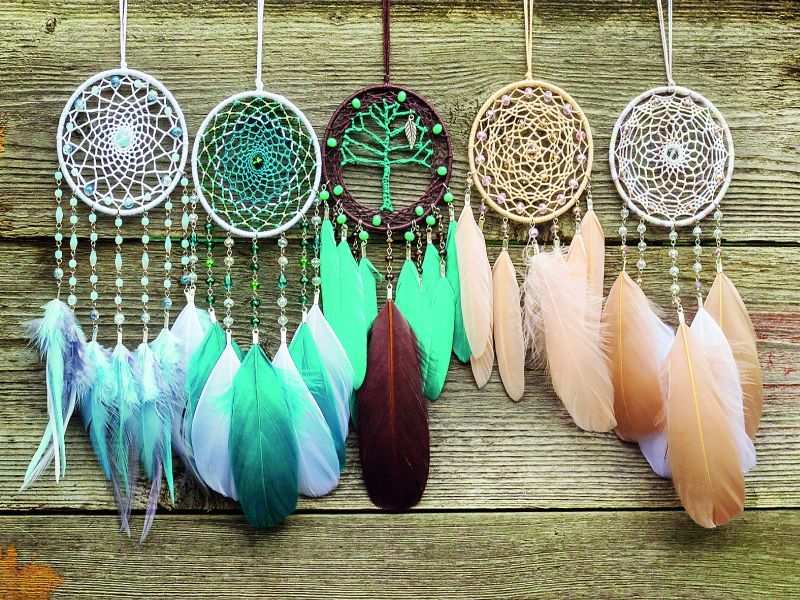
Be careful when shopping with mega-retailers, as they often sell goods that come from factories overseas. It’s important to hold these businesses accountable for unethical practices as well. For example, The Navajo Nation filed a lawsuit against Urban Outfitters in 2012, claiming that the brand was infringing on trademarks and diluting the power of this indigenous people’s name.
The Navajo Nation is not pleased with the way Urban Outfitters has been using its heritage. They feel that this company has violated a law by labeling products as being “Navajo”. They believed this to be a violation of the Indian Arts and Crafts Act 1990—a law that requires that Indian crafts are marketed without misrepresentation. If you’re looking for the best product, it might be worth your while to buy directly from tribe members. After all, we are talking about keeping these artists in the business and supporting their culture.
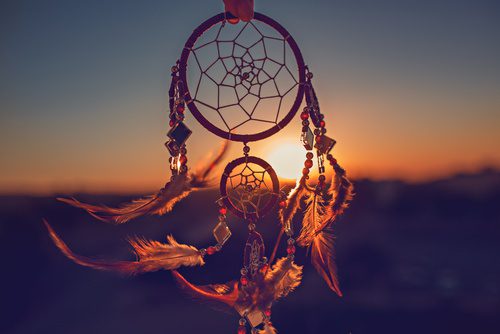
Another tip for consumers is to make sure your dreamcatcher only does what it’s supposed to do. The beautiful handmade dreamcatchers made by Native Americans are specifically meant for babies’ rooms and cribs.
We should always research unfamiliar objects and cultural traditions before adopting them into our lives. It’s okay to like different things. But do remember, if these are just for social media likes then it can be harmful in some ways because you might not know the full consequences of what your actions could do or how they affect others’ lives.
If you know someone who might like this, please click “Share”!


